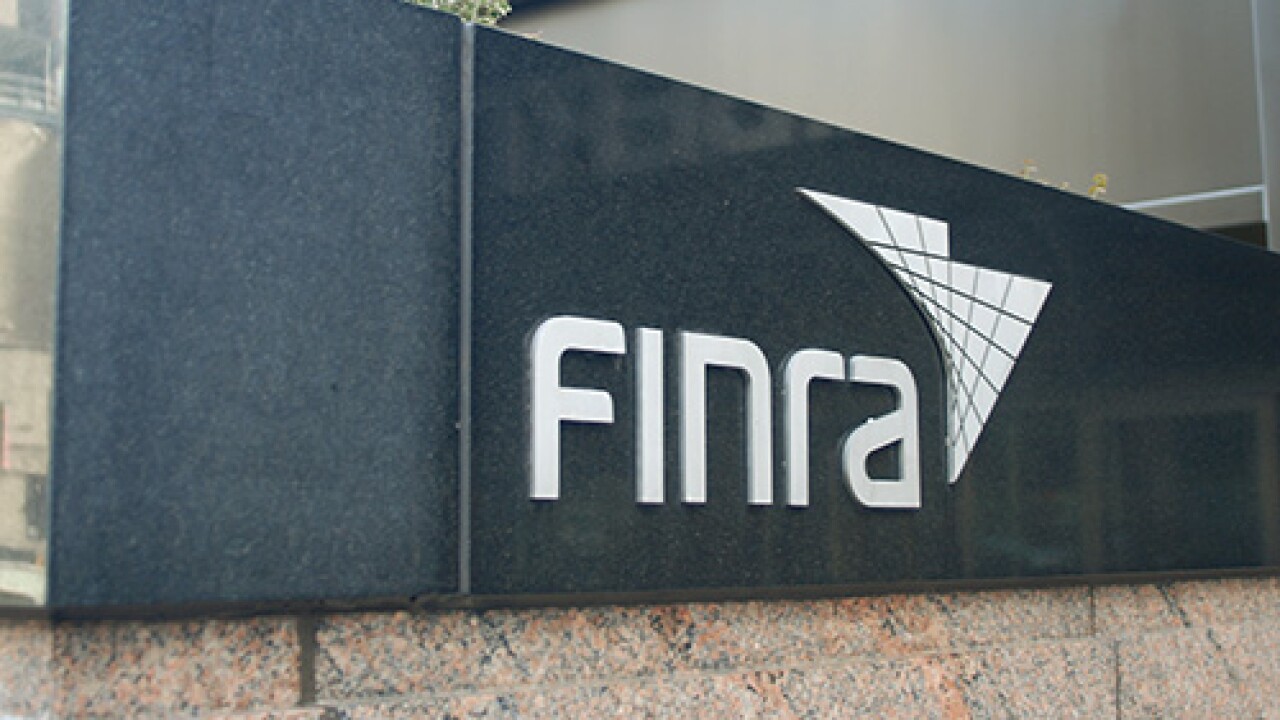With interest rates expected to remain at the zero lower bound for the foreseeable future, the new Summary of Economic projections will be the highlight of the Federal Open Market Committee meeting.
The statement may also offer clues about the panel's priorities for the coming year.
“While it is unlikely that there will be any major policy announcements, the Fed remains concerned about the need for fiscal stimulus and likely will express this if Congress has failed to act by December 16,” according to Steven Skancke, chief economic advisor, Keel Point. "Mention of specific Fed concerns will also indicate a priority of Fed focus for 2021.”
Don't expect “much adjustment” to the SEP, he said, noting the panel will have to lower its previous projections for unemployment since the rate is lower than they expected.

The gross domestic product projections could also be intriguing. “Some of the Federal Reserve banks have more positive 2020-Q4 GDP growth estimates, but the new surge in COVID infections, hospitalizations and mortality will temper any adjustments in the 2020 economic projections,” Skancke said. “For 2021 and 2022 GDP growth, it will be interesting to see if the Fed revises its 4.5% and 3.0% estimates upward to be more in line with the consensus forming around 6%-6.5% U.S. economic growth in the next two years.”
Greg McBride, chief financial analyst at Bankrate, believes the Fed will lower its near-term GDP projections, and increase future gains, but not much growth in inflation. “Expect softer GDP growth projections for early 2021, though expectations for the second half of 2021 and 2022 may be ratcheted higher due to vaccine availability,” he said. “Inflation projections will continue to show sluggish growth toward their 2% objective.”
The Fed will strongly consider either hinting at or announcing a shift in bond purchases, he said.
“The downside risks to the economy are growing larger by the day with a surging virus, evidence of a slowdown in the labor market, no additional fiscal stimulus as yet, and Treasury unilaterally shutting down some of the liquidity programs the Fed feels are necessary to sustain the economic recovery,” McBride said. “The Fed will likely give strong consideration to taking the bull by the horns and either hinting at or announcing a shift in their bond purchases toward longer maturities as their way of providing stimulus.”
Christian Scherrmann, U.S. economist at DWS Group, doesn’t agree. “The current very accommodative financial conditions ... should imply that the Fed is also not under big pressure to meaningfully step up the size of its asset purchases nor to extend their maturity,” he said. “A big lesson from 2020 is that the Fed intervenes as circumstances demand, not as the meeting schedule dictates. Therefore we expect the Fed to stick to its flexible stance, probably emphasizing the need for another round of fiscal stimulus, while again pointing to short-term risks to the economic outlook. Keeping its powder dry while saying that all tools to support the economy remain on the table may again be the Fed’s modus operandi.”
While he also does not expect “substantial” change in monetary policy, the minutes from the previous meeting offered “strong” hints the FOMC is eager to provide additional clarity.
“Participants want to supply clearer forward guidance on the pace and duration of large scale asset purchases (LSAP) and the level of interest rates and this might be delivered by verbally setting high standards on the course of the economic recovery and healing of the labor market — the prerequisite for any kind of tapering, which we would not expect before 2022,” he said. “Instead Fed officials are looking to the government to do more. They have repeatedly expressed their strong call for more fiscal stimulus as monetary policy alone cannot fully support the recovery.”
While a deal on an aid package before the end of the year remains “feasible but is not certain,” Scherrmann said, “We remain cautiously optimistic."
But, Sean Simko, SEI's head of global fixed income management, believes the Fed will refrain from “direct discussions” of additional stimulus talk.
“Fed comments will carry a dovish tone as the economic recovery is tested, as sporadic shutdowns across various states have the potential once again to derail growth” he said. “Comments will focus on generating maximum employment. It will reiterate that asset purchases will continue in the upcoming months but there is talk this could be tied more to economic activity than a set schedule."
While the Fed by keeping borrowing costs low helps foster economic growth, “The missing piece is additional fiscal stimulus and fiscal stimulus is needed to help create the demand side of the equation,” Simko said. "We will likely hear rhetoric around the need for added fiscal stimulus to help in the areas that continue to get hammered by the pandemic."
Yields are likely to move higher over the course of the year, but at a slower trajectory than most participants and markets are projecting, he added.
“Inflation will be the key driver, yet slow to materialize, and the reopening of the economy and the distribution of a vaccine should fuel the move,” he said. “This is a Q3 or Q4 event."
Consumer expectations
Consumers expect they will spend 3.7% more despite earnings remaining where they are now, according to the Federal Reserve Bank of New York's Survey of Consumer Expectations.
Respondents' median inflation expectations climbed to 3.0% in November from 2.8% a month earlier for a one-year term, and to 2.8% from 2.7% over three years.
The earnings growth figure held for the fifth month at 2.0%.





